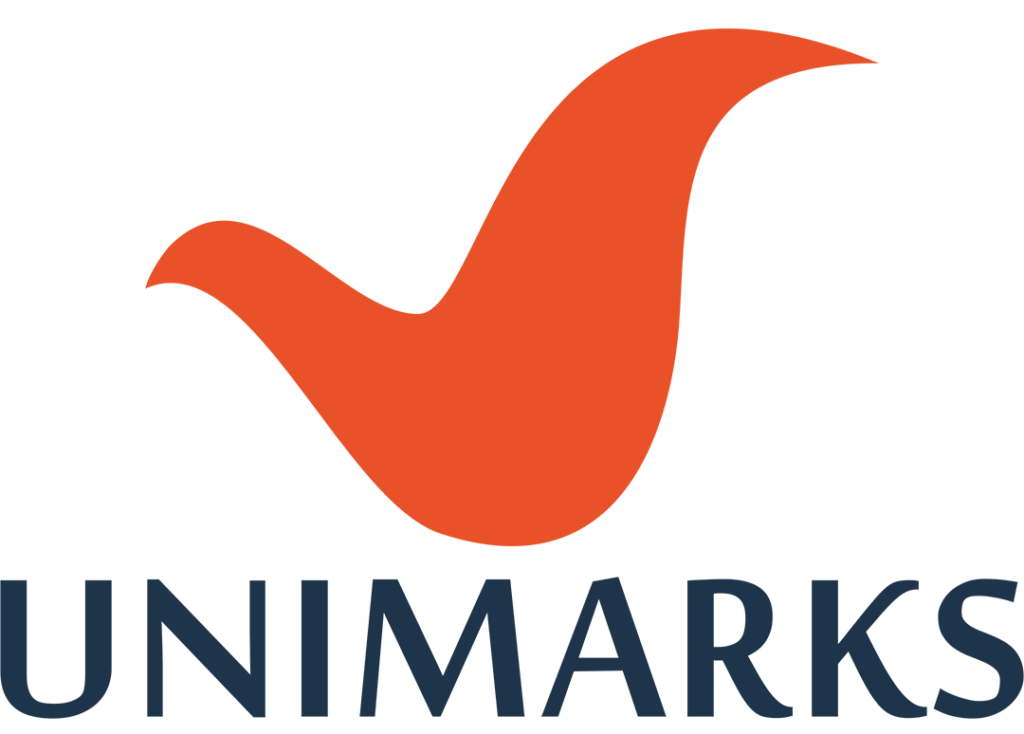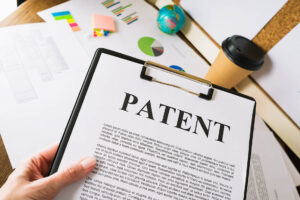Have you ever come up with an amazing product and decided to get exclusive ownership over it? Instead of applying under the right IPR category, you applied under the wrong one, resulting in loss of uniqueness of the invention? Quite heart-breaking to hear, right? In a world full of competing products, your work would have stood out but, because of one small yet major (blunder) error, it has now cost you a fortune. Want to know the Copyright vs Design vs Patent?
“One such instance of which I can think of at this point is a couple of day’s back my friend expressed that he had applied for registration of his product under Designs and the application was rejected. I, being curious asked him whether the product had some unique design and if the design could be applied in the product, to which he replied in negative. I then asked him the reason for filing a product with a novel inventive process under design and not under Patents. He was baffled after hearing this and conveyed that he had no idea about it.”
Many young entrepreneurs, inventors, and individuals make blunders like these in their business and consequently lose the chance to get their products or marks protected.
One best practice to avoid all these is to have a brief knowledge about the basic IP Rights. It is no rocket science. At the end of this article, you will be able to figure out which category of IPR suits which category of product or service.
To begin with, we shall understand why the application for design registration of my Friend was refused?
What is an Industrial Design?
When the word “design” pops up, we often associate it with fashion or art and craft. But did you know that Design is not restricted to merely fashion or art. It is way beyond our imagination. Looking into what constitutes a design- Section 2(D) of the Design Act rightly points out that- A design means and includes:
- Features of shape, patterns, configurations, ornamentations, compositions of lines and colors;
- Three-dimensional features, such as the shape or configuration of an article, or two-dimensional features, such as patterns, configuration, and ornaments.
When to file a Design?
The most important element of design is that the Design of your product must be original. It should also be aesthetic, appealing to the eyes, and capable of being applied in the product.
One thing to note here is that – design rights are given for the look, feel, and visual appearance of the product. The eye is the ultimate judge to conclude the novelty of a design.
You must be wondering now – Why did my Friend’s Application get refused? Answering the question, Yes, his product was new in the market, but the novelty and originality of the invention were inclined towards the process and not the appearance. When the process is considered, filing it under Design was not the correct option to choose. To be specific, he failed to prove that his product had a new shape! A new design! A new pattern. Does that answer the question?
A part of the question is definitely answered but then what is the right category to file? Ruling out designs, we have two options left – Copyright and Patents. Let us go further with the discussion.
The next question is should we file for copyright?
Copyright! We all often think – what it is? How to get this? When to get this? Let me run you through the basics of copyright!
When to file a Copyright?
The only requirement to be satisfied is that the work must be original and fixed in a tangible medium of expression. There are five categories of Copyright Subject Matter:
There were enough possibilities that my friend would have applied copyright under artistic work as well. But definitely, the application would have been rejected. At times, we mistake designs with artistic work. The concepts are similar yet different.
Difference between Artistic work and Design
“If original drawings made solely for the industrial production of an article meet the criteria of a design, they can be protected by registration under the Designs Act, but even if such registration is not sought, the author continues to enjoy rights over the drawings if the article made from such drawings is produced by an industrial process no more than 50 times.”
A point worth mentioning here is that Copyright exists from the moment the work is created. But you should also know that a Registration would give a handful of benefits. To get legal protection, you have to get the work registered. No registration implies a lack of legal protection.
Coming to the end of the article, Let us understand Patents
Some of you think Patent registration is a very complicated process and serves only a scientific purpose. Breaking the myths, here is a brief outline about Patents.
A patent is a statutory right granted for an invention that is novel and not available in the public domain. The Government grants these rights to the patentee after full disclosure of the information related to the invention. It can be done for either product or process.
When to file a Patent?
- After you have done a thorough Patent Search.
- When your invention meets the above three requirements.
- Along with it, your invention must be Useful and unknown to the public.
Caution!! Without filing a Patent Application, the launch of your invention in the market may lead to the refusal of your Patent Application.
You must be thinking, how long does a patent last? Can patent protection be extended indefinitely for a lifetime? A Patent’s life is only for 20 Years. The payment of the renewal fees is done before the expiration of the relevant year. For example: The renewal fee for the 5th year has to be paid before the expiration of the 4th year from the date of the patent.
Now that he knows the right category of IP Rights, you may now think that he can file an application under Patents. But to his dismay, he had already disclosed the invention to his friends and known people, and alas, the invention was no longer novel. One mistake of his made him lose exclusive ownership, loss of investment of invention (which he can recover but not at an expected rate), etc.
We hope this brief has helped you to understand the basics of these concepts. Let’s catch a bird’s eye view of all these concepts.
The Bottom line:
The first step which has to be taken is to ascertain under which of these categories your innovation falls under! It might be a tough call for you to choose one, since there are chances that some might overlap and demand a couple of Applications. It is always suggested to contact a professional to guide you with your innovation! And Yes, Don’t forget – A STITCH IN TIME SAVES NINE.
Still, Confused? Want to Know More? Contact our team for a detailed solution to your problems!!!







